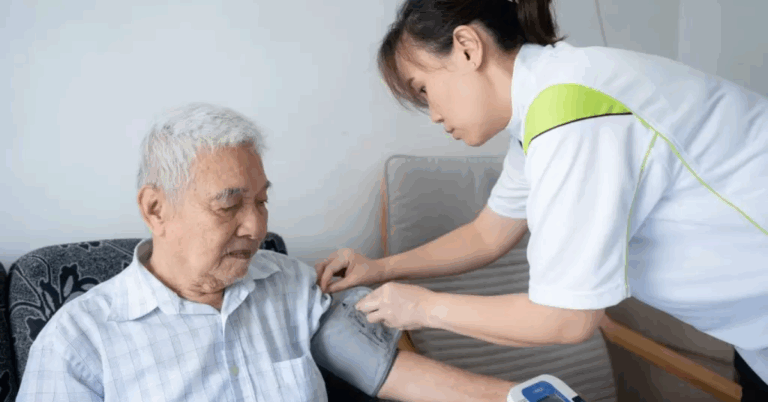Addressing Falls Prevention in Long-Term Care Facilities: Laser book 247 login password, Lotus299, 11xplay pro
laser book 247 login password, lotus299, 11xplay pro: Addressing Falls Prevention in Long-Term Care Facilities
As we age, the risk of falling becomes increasingly prevalent, especially in long-term care facilities where residents may have physical limitations or cognitive impairments. Falls can have serious consequences, including injuries, hospitalizations, and even fatalities. That’s why it’s crucial for long-term care facilities to prioritize falls prevention strategies to keep residents safe and healthy.
Identify High-Risk Residents
The first step in falls prevention is identifying residents who are at high risk of falling. This may include individuals with a history of falls, those who have mobility issues, or those who take medications that can affect balance. By conducting risk assessments and individualized care plans, staff can tailor interventions to each resident’s specific needs.
Create a Safe Environment
Ensuring a safe environment is key to preventing falls in long-term care facilities. This includes keeping walkways clear of clutter, securing rugs to prevent tripping hazards, and installing grab bars in bathrooms. Regular maintenance checks should also be conducted to identify and address any potential hazards.
Promote Physical Activity
Encouraging residents to engage in regular physical activity can help improve strength, balance, and coordination, reducing their risk of falling. Activities such as walking, chair exercises, and balance training can all contribute to fall prevention efforts. Staff should work with residents to develop personalized exercise plans that meet their individual needs and abilities.
Educate Staff and Residents
Educating staff and residents about falls prevention is essential in maintaining a safe living environment. Staff should be trained on proper techniques for assisting residents with mobility, as well as how to recognize and respond to signs of potential falls. Residents should also be informed about the importance of staying active, following safety guidelines, and using assistive devices when necessary.
Implement Fall Alarms and Monitoring Systems
Fall alarms and monitoring systems can provide an added layer of protection for residents at risk of falling. These devices can alert staff if a resident attempts to get out of bed or a chair without assistance, allowing for a quick response to prevent a potential fall. By investing in these technologies, long-term care facilities can further enhance their falls prevention efforts.
Follow-Up and Review
Regular follow-up and review of falls prevention strategies are crucial to maintaining a safe environment for residents. By conducting audits, reviewing incident reports, and assessing the effectiveness of interventions, staff can identify areas for improvement and make necessary adjustments to prevent future falls. Collaboration with healthcare providers and experts in falls prevention can also provide valuable insights and guidance.
FAQs:
Q: What should I do if I notice a resident at risk of falling?
A: If you observe a resident at risk of falling, alert the staff immediately and provide assistance as needed. It’s important to act quickly to prevent a potential fall.
Q: Are there specific exercises that can help prevent falls?
A: Yes, exercises that focus on strength, balance, and flexibility can help reduce the risk of falls. Work with staff to develop a personalized exercise plan for residents.
Q: How often should falls prevention strategies be reviewed?
A: Falls prevention strategies should be reviewed regularly, ideally on a quarterly basis, to ensure that they are effective and up to date.
By prioritizing falls prevention strategies in long-term care facilities, staff can create a safe and supportive environment for residents, reducing the risk of falls and promoting overall well-being. With a proactive approach to falls prevention, residents can enjoy a higher quality of life and peace of mind knowing they are in good hands.







